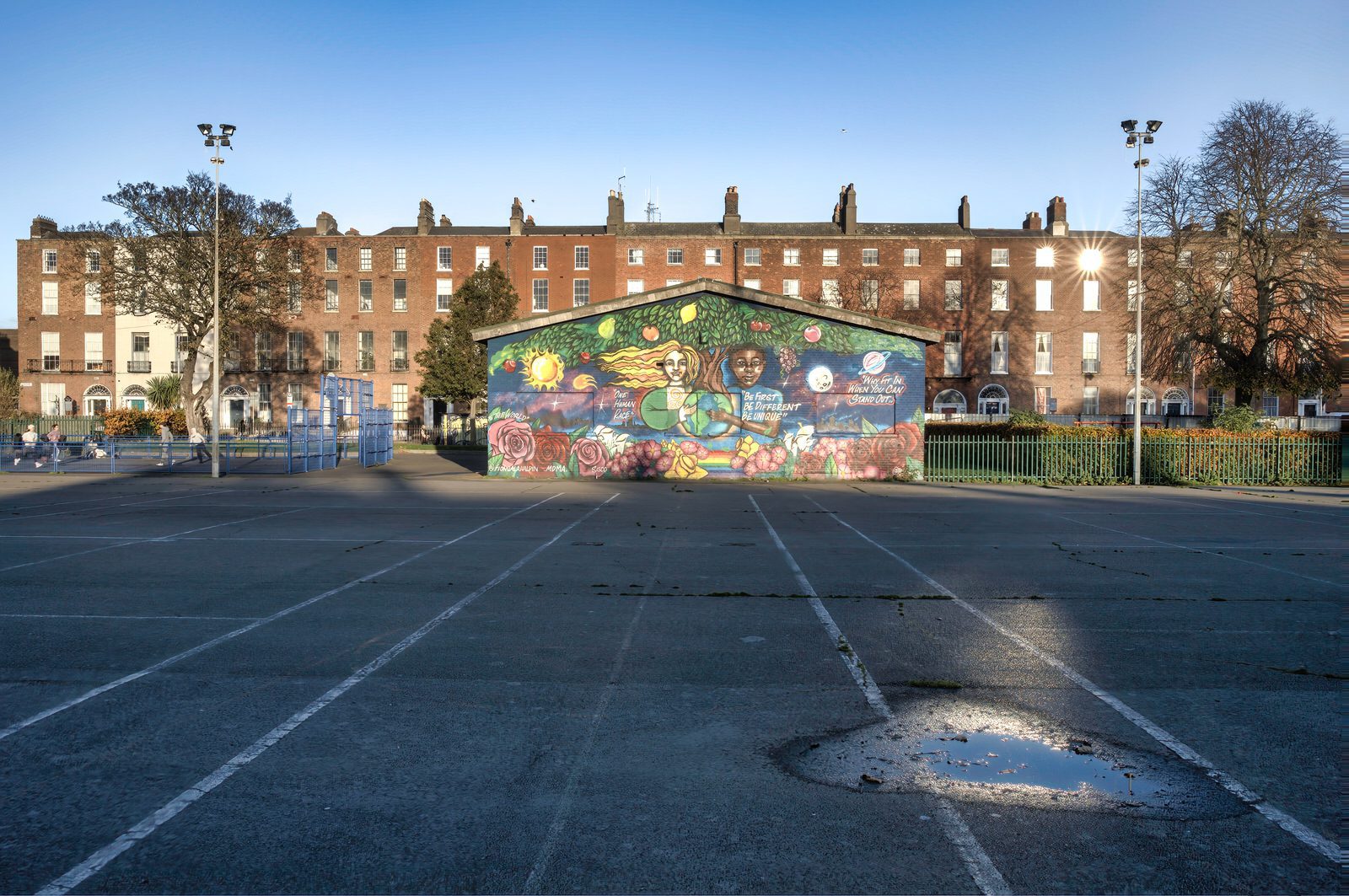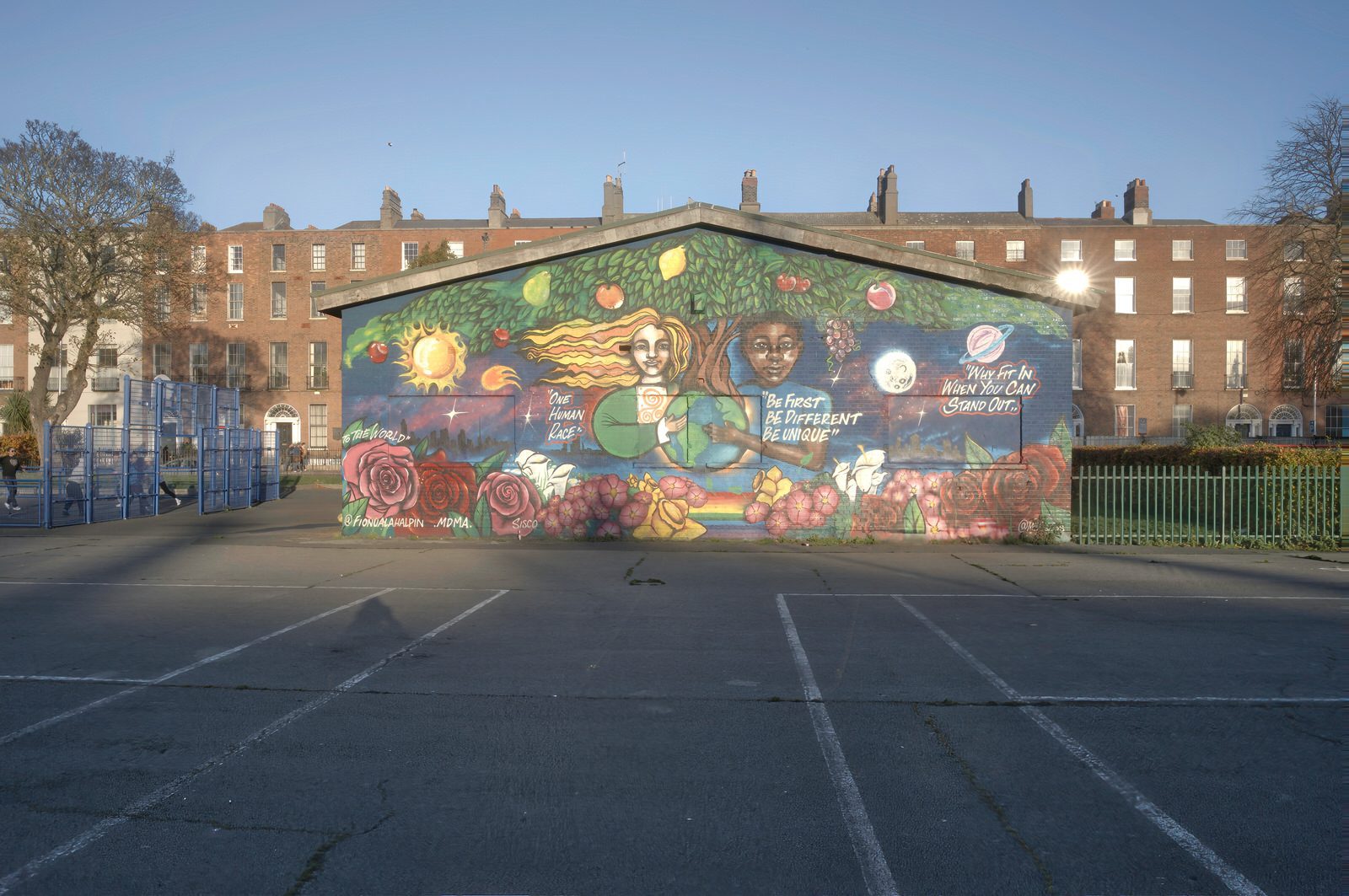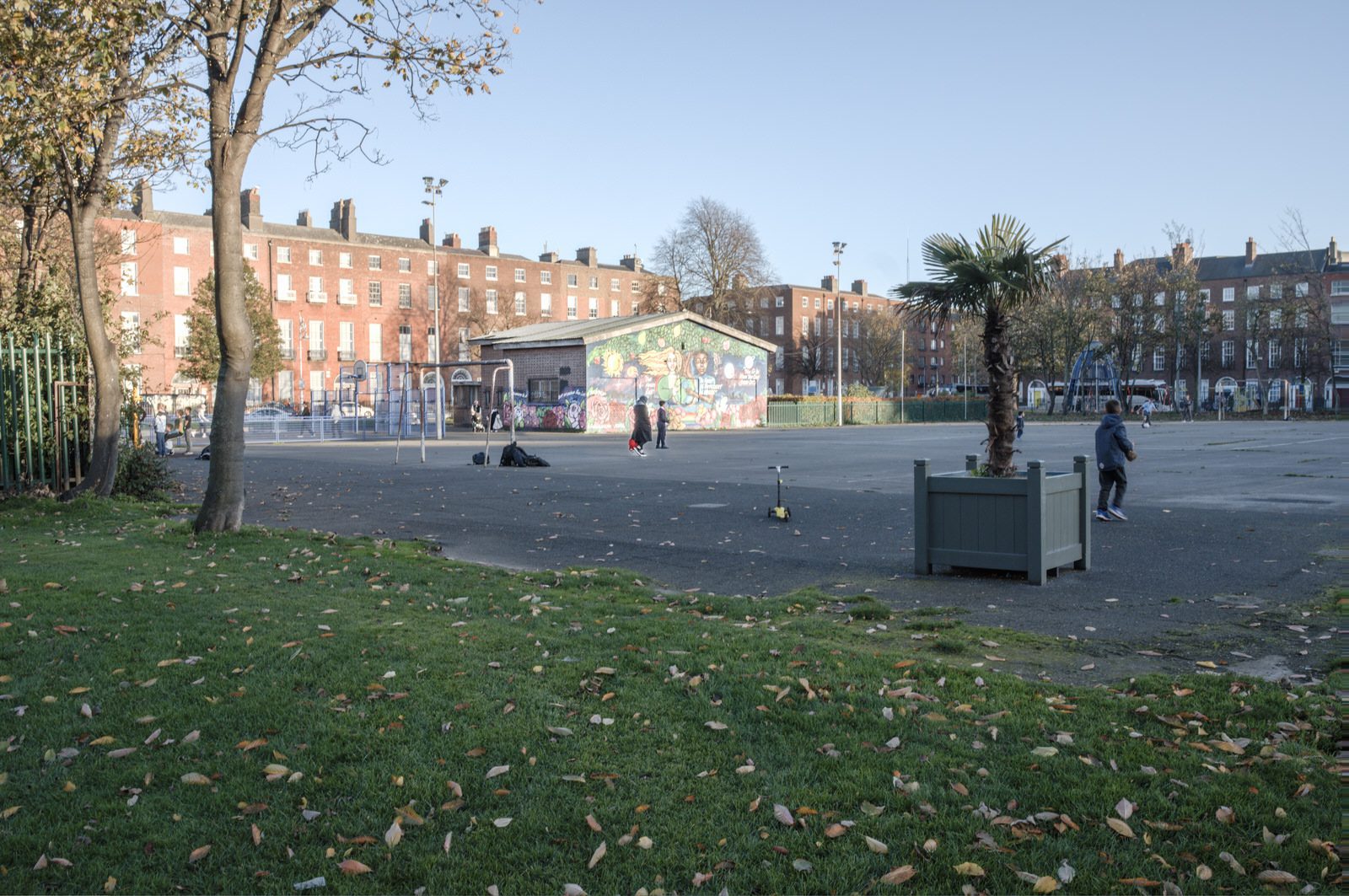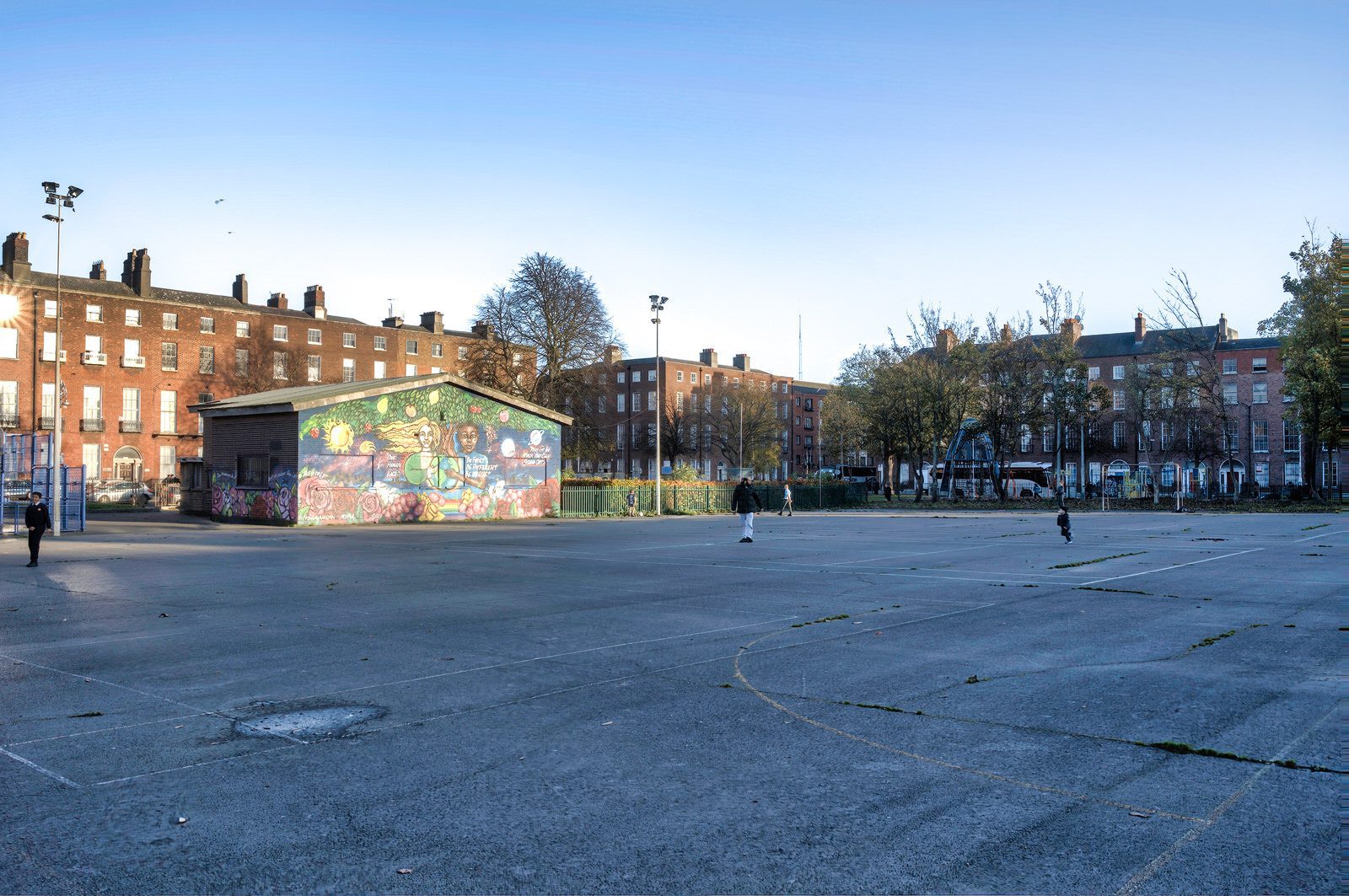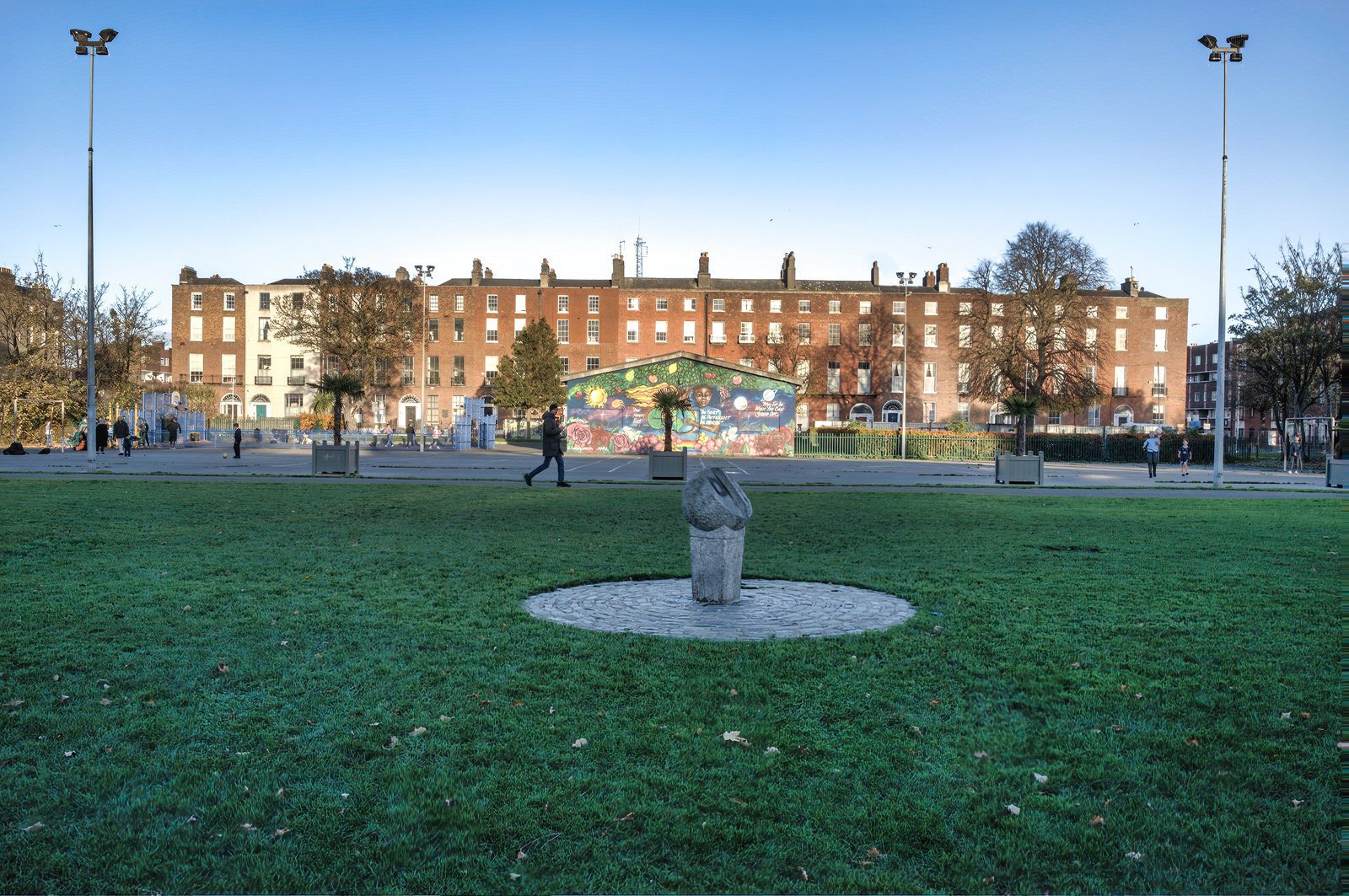IVEAGH GARDENS IN FEBRUARY 2023
The Iveagh Gardens are among the finest and least known of Dublin’s parks and gardens. Designed in 1863 they include a rustic grotto, cascade, fountains, maze, rosarium, archery grounds, and woodlands.
A MUCH FASTER SITE AS IT IS HEADLESS
by infomatique
IVEAGH GARDENS IN FEBRUARY 2023
The Iveagh Gardens are among the finest and least known of Dublin’s parks and gardens. Designed in 1863 they include a rustic grotto, cascade, fountains, maze, rosarium, archery grounds, and woodlands.
![WATER FEATURES [IVEAGH GARDENS DUBLIN]-214627-1 WATER FEATURES AT IVEAGH GARDENS 007](https://excellentstreetimages.com/ParksAndGardensWordPress/wp-content/uploads/2023/02/WATER-FEATURES-IVEAGH-GARDENS-DUBLIN-214627-1.jpg)
![WATER FEATURES [IVEAGH GARDENS DUBLIN]-214626-1 WATER FEATURES AT IVEAGH GARDENS 002](https://excellentstreetimages.com/ParksAndGardensWordPress/wp-content/uploads/2023/02/WATER-FEATURES-IVEAGH-GARDENS-DUBLIN-214626-1.jpg)
![WATER FEATURES [IVEAGH GARDENS DUBLIN]-214625-1 WATER FEATURES AT IVEAGH GARDENS 001](https://excellentstreetimages.com/ParksAndGardensWordPress/wp-content/uploads/2023/02/WATER-FEATURES-IVEAGH-GARDENS-DUBLIN-214625-1.jpg)
![WATER FEATURES [IVEAGH GARDENS DUBLIN]-214631-1 WATER FEATURES AT IVEAGH GARDENS 003](https://excellentstreetimages.com/ParksAndGardensWordPress/wp-content/uploads/2023/02/WATER-FEATURES-IVEAGH-GARDENS-DUBLIN-214631-1.jpg)
![WATER FEATURES [IVEAGH GARDENS DUBLIN]-214630-1 WATER FEATURES AT IVEAGH GARDENS 004](https://excellentstreetimages.com/ParksAndGardensWordPress/wp-content/uploads/2023/02/WATER-FEATURES-IVEAGH-GARDENS-DUBLIN-214630-1.jpg)
![WATER FEATURES [IVEAGH GARDENS DUBLIN]-214629-1 WATER FEATURES AT IVEAGH GARDENS 005](https://excellentstreetimages.com/ParksAndGardensWordPress/wp-content/uploads/2023/02/WATER-FEATURES-IVEAGH-GARDENS-DUBLIN-214629-1.jpg)
![WATER FEATURES [IVEAGH GARDENS DUBLIN]-214628-1 WATER FEATURES AT IVEAGH GARDENS 006](https://excellentstreetimages.com/ParksAndGardensWordPress/wp-content/uploads/2023/02/WATER-FEATURES-IVEAGH-GARDENS-DUBLIN-214628-1.jpg)
![WATER FEATURES [IVEAGH GARDENS DUBLIN]-214627-1 WATER FEATURES AT IVEAGH GARDENS 007](https://excellentstreetimages.com/ParksAndGardensWordPress/wp-content/uploads/2023/02/WATER-FEATURES-IVEAGH-GARDENS-DUBLIN-214627-1.jpg)
by infomatique
IVEAGH GARDENS DUBLIN
Daffodils are naturally suited to the growing conditions in Ireland. These hardy, perennial bulbs, whose preferred habitat is deciduous woodland, flower in early Spring before leaves form on the trees.
Wild daffodils are native woodland plants in much of western Europe, including England and Wales but it is claimed that they are not native to Ireland which is surprising to me because when I lived in a remote area near Muff in Donegal there were three of four fields near our house which were full of “wild daffodils” every March. Our nearest neighbour was about a mile away and there were no gardens nearby.
The true wild daffodil is small with a trumpet that is darker yellow than the surrounding petals. However, most if not all of the daffodils flowering in the wild in Ireland at present are garden escapees. They survive well in the wild because they protect themselves from grazing animals by containing an alkaloid poison called lycorine. The highest concentration is in the bulbs but it’s also present in the foliage and flowers. Lycorine is also poisonous to humans and there are recorded cases of illness and even death, usually caused when people mistake the bulb for an onion.
“I Wandered Lonely as a Cloud” (also commonly known as “Daffodils”) is a lyric poem by William Wordsworth. It is one of his most popular, and was inspired by a forest encounter on 15 April 1802 between he, his younger sister Dorothy and a “long belt” of daffodils. Written in 1804, it was first published in 1807 in Poems, in Two Volumes, and as a revision in 1815.
I wandered lonely as a cloud
That floats on high o’er vales and hills,
When all at once I saw a crowd,
A host of golden daffodils;
Beside the lake, beneath the trees,
Fluttering and dancing in the breeze.
Continuous as the stars that shine
and twinkle on the Milky Way,
They stretched in never-ending line
along the margin of a bay:
Ten thousand saw I at a glance,
tossing their heads in sprightly dance.
The waves beside them danced; but they
Out-did the sparkling waves in glee:
A poet could not but be gay,
in such a jocund company:
I gazed—and gazed—but little thought
what wealth the show to me had brought:
For oft, when on my couch I lie
In vacant or in pensive mood,
They flash upon that inward eye
Which is the bliss of solitude;
And then my heart with pleasure fills,
And dances with the daffodils.
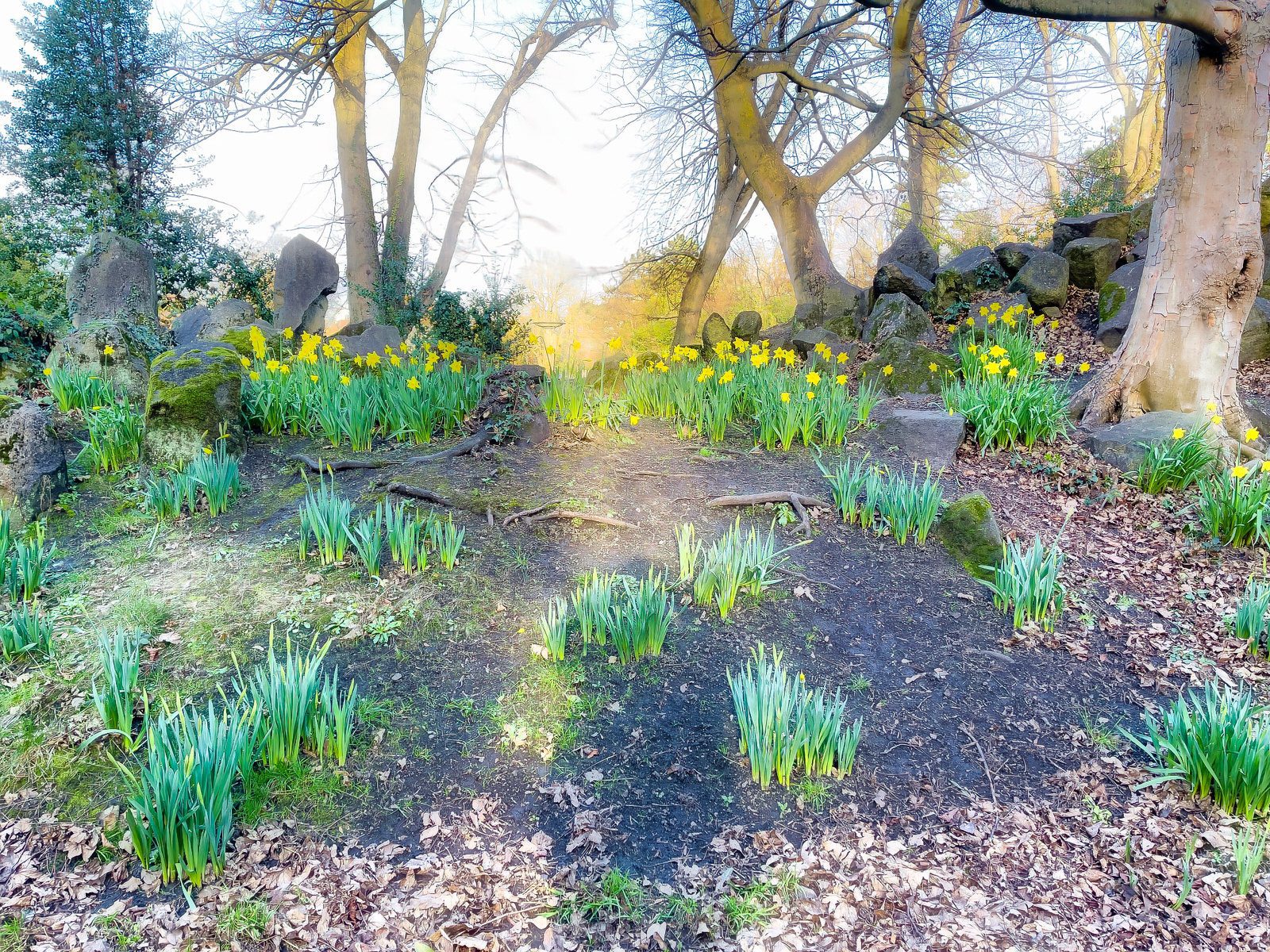

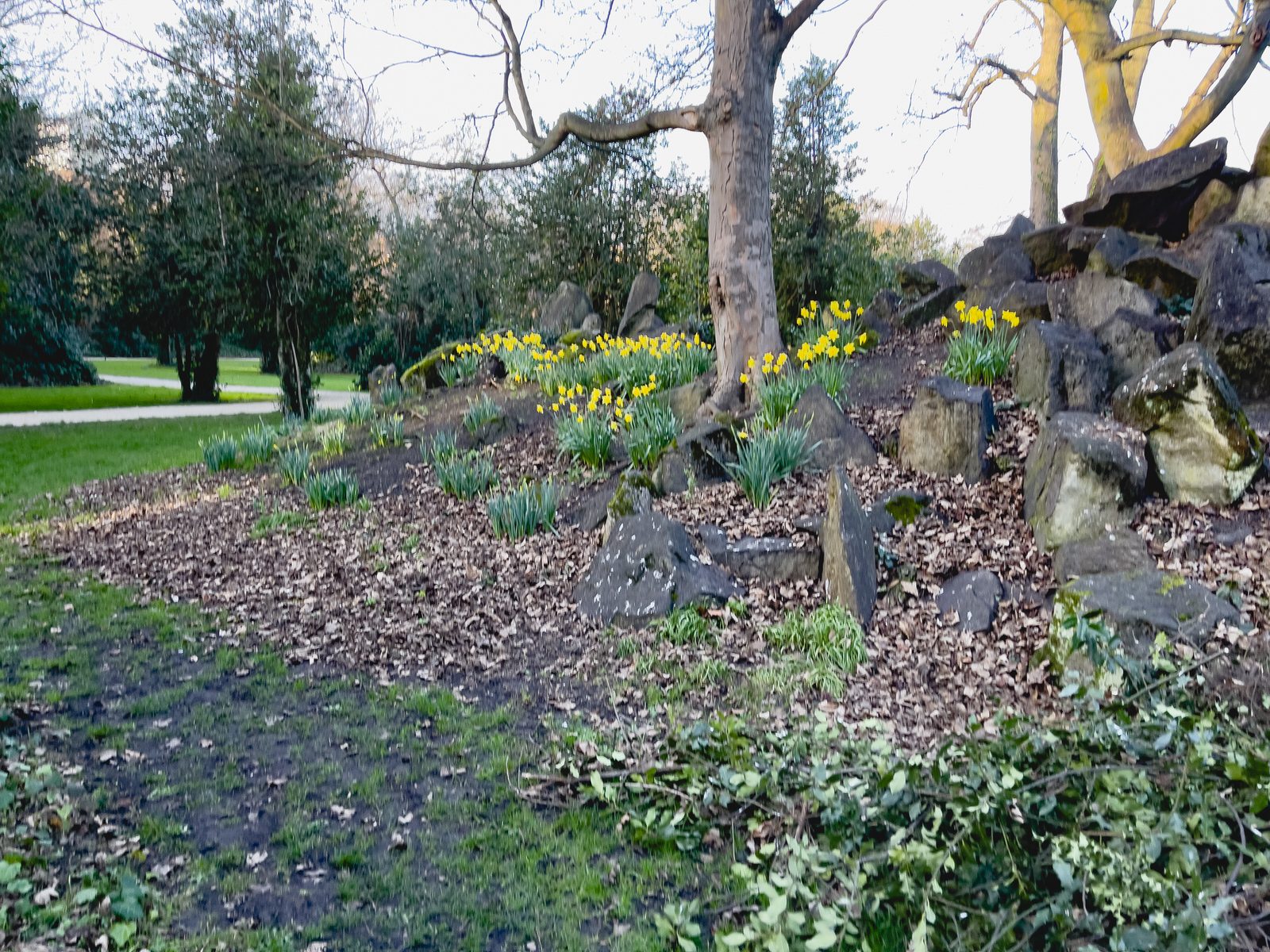

by infomatique
IVEAGH GARDENS IN DUBLIN
This caught me by surprise today even though I visit the gardens on a regular basis I was unaware of this Human Rights Memorial.
Ogham is an Early Medieval alphabet used primarily to write the early Irish language (in the “orthodox” inscriptions, 4th to 6th centuries AD), and later the Old Irish language (scholastic ogham, 6th to 9th centuries). There are roughly 400 surviving orthodox inscriptions on stone monuments throughout Ireland and western Britain, the bulk of which are in southern Munster. The largest number outside Ireland are in Pembrokeshire, Wales.
The vast majority of the inscriptions consist of personal names.
9 December 2020
Minister for Foreign Affairs, Simon Coveney T.D., today inaugurated a memorial monument in Iveagh Gardens alongside UN Special Rapporteur on the situation of human rights defenders Mary Lawlor, and Front Line Defenders Executive Director Andrew Anderson. It commemorates the lives of human rights defenders who have been killed because of their peaceful work defending the rights of others.
The Memorial was jointly initiated by the Department of Foreign Affairs and Front Line Defenders to provide a physical space in the heart of Dublin city to recognise the important work of human rights defenders around the world, and pay tribute to the many brave and inspirational human rights defenders who have been silenced.
Designed by Grafton Architects, the monument is an Ogham garden, comprised of five standing stones, etched with ancient Irish Ogham script, each representing a native Irish tree. The space is enclosed by a crafted metal screen, on which are plaques, bearing the words of those who gave their most precious gift – their life – for their causes.
The plaques include the following words spoken by environmental and indigenous peoples rights defender Bety Cariño at a gathering of human rights defenders in Dublin Castle in February 2010. Two months later she was shot dead during a peaceful solidarity procession in Northern Oaxaca, Mexico.
“Today we want to live another history: we are rebelling and we are saying enough is enough. Today and here, we want to say that they are afraid of us because we are not afraid of them, because despite their threats, despite their slander, despite their harassment, we continue to walk towards a sun which we think shines strongly”.
At today’s launch in Iveagh Gardens, Minister for Foreign Affairs Simon Coveney said:
“The Irish government is proud of its partnership with Front Line Defenders in supporting and promoting the work of human rights defenders. This memorial will represent a place where Irish people, and those who visit our shores, can come and pay tribute to human rights defenders worldwide who have lost their lives in the peaceful pursuit of human rights and equality for all.”
Executive Director of Front Line Defenders, Andrew Anderson spoke about the legacies of the defenders:
“It is important to remember the peaceful defenders of human rights that the killers have tried to erase, but also to celebrate their lives and achievements. Natalya Estemirova, Floribert Chebeya and Bertha Caceres were murdered because they made a difference, and they continue to inspire a new generation of human rights defenders.”
UN Special Rapporteur on the situation of human rights defenders, Mary Lawlor stated:
“Between 2015 and 2019 the UN documented the killing of 1323 human rights defenders in 64 countries. It is shocking and unacceptable that human rights defenders have been killed in almost a third of all member States of the United Nations.”
Özlem Dalkiran, a human rights defender from Turkey attended the unveiling and spoke about her colleague and friend Hrant Dink, a human rights defender and journalist who was shot outside the offices of the newspaper where he worked in 2007.
“By killing Hrant, they couldn’t kill his dreams. On the contrary they helped the seed he sowed to grow much faster.”
![HUMAN RIGHTS DEFENDERS MEMORIAL IN THE FORM OF AN OGHAM GARDEN [IVEAGH GARDENS IN DUBLIN]-214617-1 HUMAN RIGHTS DEFENDERS MEMORIAL IN THE FORM OF AN OGHAM GARDEN 013](https://excellentstreetimages.com/ParksAndGardensWordPress/wp-content/uploads/2023/02/HUMAN-RIGHTS-DEFENDERS-MEMORIAL-IN-THE-FORM-OF-AN-OGHAM-GARDEN-IVEAGH-GARDENS-IN-DUBLIN-214617-1.jpg)
![HUMAN RIGHTS DEFENDERS MEMORIAL IN THE FORM OF AN OGHAM GARDEN [IVEAGH GARDENS IN DUBLIN]-214618-1 HUMAN RIGHTS DEFENDERS MEMORIAL IN THE FORM OF AN OGHAM GARDEN 012](https://excellentstreetimages.com/ParksAndGardensWordPress/wp-content/uploads/2023/02/HUMAN-RIGHTS-DEFENDERS-MEMORIAL-IN-THE-FORM-OF-AN-OGHAM-GARDEN-IVEAGH-GARDENS-IN-DUBLIN-214618-1.jpg)
![HUMAN RIGHTS DEFENDERS MEMORIAL IN THE FORM OF AN OGHAM GARDEN [IVEAGH GARDENS IN DUBLIN]-214619-1 HUMAN RIGHTS DEFENDERS MEMORIAL IN THE FORM OF AN OGHAM GARDEN 011](https://excellentstreetimages.com/ParksAndGardensWordPress/wp-content/uploads/2023/02/HUMAN-RIGHTS-DEFENDERS-MEMORIAL-IN-THE-FORM-OF-AN-OGHAM-GARDEN-IVEAGH-GARDENS-IN-DUBLIN-214619-1.jpg)
![HUMAN RIGHTS DEFENDERS MEMORIAL IN THE FORM OF AN OGHAM GARDEN [IVEAGH GARDENS IN DUBLIN]-214620-1 HUMAN RIGHTS DEFENDERS MEMORIAL IN THE FORM OF AN OGHAM GARDEN 010](https://excellentstreetimages.com/ParksAndGardensWordPress/wp-content/uploads/2023/02/HUMAN-RIGHTS-DEFENDERS-MEMORIAL-IN-THE-FORM-OF-AN-OGHAM-GARDEN-IVEAGH-GARDENS-IN-DUBLIN-214620-1.jpg)
![HUMAN RIGHTS DEFENDERS MEMORIAL IN THE FORM OF AN OGHAM GARDEN [IVEAGH GARDENS IN DUBLIN]-214608-1 HUMAN RIGHTS DEFENDERS MEMORIAL IN THE FORM OF AN OGHAM GARDEN 009](https://excellentstreetimages.com/ParksAndGardensWordPress/wp-content/uploads/2023/02/HUMAN-RIGHTS-DEFENDERS-MEMORIAL-IN-THE-FORM-OF-AN-OGHAM-GARDEN-IVEAGH-GARDENS-IN-DUBLIN-214608-1.jpg)
![HUMAN RIGHTS DEFENDERS MEMORIAL IN THE FORM OF AN OGHAM GARDEN [IVEAGH GARDENS IN DUBLIN]-214610-1 HUMAN RIGHTS DEFENDERS MEMORIAL IN THE FORM OF AN OGHAM GARDEN 008](https://excellentstreetimages.com/ParksAndGardensWordPress/wp-content/uploads/2023/02/HUMAN-RIGHTS-DEFENDERS-MEMORIAL-IN-THE-FORM-OF-AN-OGHAM-GARDEN-IVEAGH-GARDENS-IN-DUBLIN-214610-1.jpg)
![HUMAN RIGHTS DEFENDERS MEMORIAL IN THE FORM OF AN OGHAM GARDEN [IVEAGH GARDENS IN DUBLIN]-214611-1 HUMAN RIGHTS DEFENDERS MEMORIAL IN THE FORM OF AN OGHAM GARDEN 007](https://excellentstreetimages.com/ParksAndGardensWordPress/wp-content/uploads/2023/02/HUMAN-RIGHTS-DEFENDERS-MEMORIAL-IN-THE-FORM-OF-AN-OGHAM-GARDEN-IVEAGH-GARDENS-IN-DUBLIN-214611-1.jpg)
![HUMAN RIGHTS DEFENDERS MEMORIAL IN THE FORM OF AN OGHAM GARDEN [IVEAGH GARDENS IN DUBLIN]-214612-1 HUMAN RIGHTS DEFENDERS MEMORIAL IN THE FORM OF AN OGHAM GARDEN 006](https://excellentstreetimages.com/ParksAndGardensWordPress/wp-content/uploads/2023/02/HUMAN-RIGHTS-DEFENDERS-MEMORIAL-IN-THE-FORM-OF-AN-OGHAM-GARDEN-IVEAGH-GARDENS-IN-DUBLIN-214612-1.jpg)
![HUMAN RIGHTS DEFENDERS MEMORIAL IN THE FORM OF AN OGHAM GARDEN [IVEAGH GARDENS IN DUBLIN]-214613-1 HUMAN RIGHTS DEFENDERS MEMORIAL IN THE FORM OF AN OGHAM GARDEN 005](https://excellentstreetimages.com/ParksAndGardensWordPress/wp-content/uploads/2023/02/HUMAN-RIGHTS-DEFENDERS-MEMORIAL-IN-THE-FORM-OF-AN-OGHAM-GARDEN-IVEAGH-GARDENS-IN-DUBLIN-214613-1.jpg)
![HUMAN RIGHTS DEFENDERS MEMORIAL IN THE FORM OF AN OGHAM GARDEN [IVEAGH GARDENS IN DUBLIN]-214614-1 HUMAN RIGHTS DEFENDERS MEMORIAL IN THE FORM OF AN OGHAM GARDEN 004](https://excellentstreetimages.com/ParksAndGardensWordPress/wp-content/uploads/2023/02/HUMAN-RIGHTS-DEFENDERS-MEMORIAL-IN-THE-FORM-OF-AN-OGHAM-GARDEN-IVEAGH-GARDENS-IN-DUBLIN-214614-1.jpg)
![HUMAN RIGHTS DEFENDERS MEMORIAL IN THE FORM OF AN OGHAM GARDEN [IVEAGH GARDENS IN DUBLIN]-214615-1 HUMAN RIGHTS DEFENDERS MEMORIAL IN THE FORM OF AN OGHAM GARDEN 003](https://excellentstreetimages.com/ParksAndGardensWordPress/wp-content/uploads/2023/02/HUMAN-RIGHTS-DEFENDERS-MEMORIAL-IN-THE-FORM-OF-AN-OGHAM-GARDEN-IVEAGH-GARDENS-IN-DUBLIN-214615-1.jpg)
![HUMAN RIGHTS DEFENDERS MEMORIAL IN THE FORM OF AN OGHAM GARDEN [IVEAGH GARDENS IN DUBLIN]-214616-1 HUMAN RIGHTS DEFENDERS MEMORIAL IN THE FORM OF AN OGHAM GARDEN 002](https://excellentstreetimages.com/ParksAndGardensWordPress/wp-content/uploads/2023/02/HUMAN-RIGHTS-DEFENDERS-MEMORIAL-IN-THE-FORM-OF-AN-OGHAM-GARDEN-IVEAGH-GARDENS-IN-DUBLIN-214616-1.jpg)
![HUMAN RIGHTS DEFENDERS MEMORIAL IN THE FORM OF AN OGHAM GARDEN [IVEAGH GARDENS IN DUBLIN]-214609-1 HUMAN RIGHTS DEFENDERS MEMORIAL IN THE FORM OF AN OGHAM GARDEN 001](https://excellentstreetimages.com/ParksAndGardensWordPress/wp-content/uploads/2023/02/HUMAN-RIGHTS-DEFENDERS-MEMORIAL-IN-THE-FORM-OF-AN-OGHAM-GARDEN-IVEAGH-GARDENS-IN-DUBLIN-214609-1.jpg)
by infomatique
PHOENIX PARK – PEOPLE’S FLOWER GARDENS SECTION
PHOTOGRAPHED MAY 2008 PUBLISHED 5 JANUARY 2023
You will find the People’s Flower Gardens between the Parkgate Street entrance and the North Circular Road entrance to the Phoenix Park.
The garden was laid out and opened in the mid-nineteenth century as the Promenade Grounds. It provides an opportunity to enjoy the horticulture of that era at its best. A large ornamental lake with various fowl, a children’s playground, picnic areas and Victorian bedding schemes are just some of the attractions you will come across here.
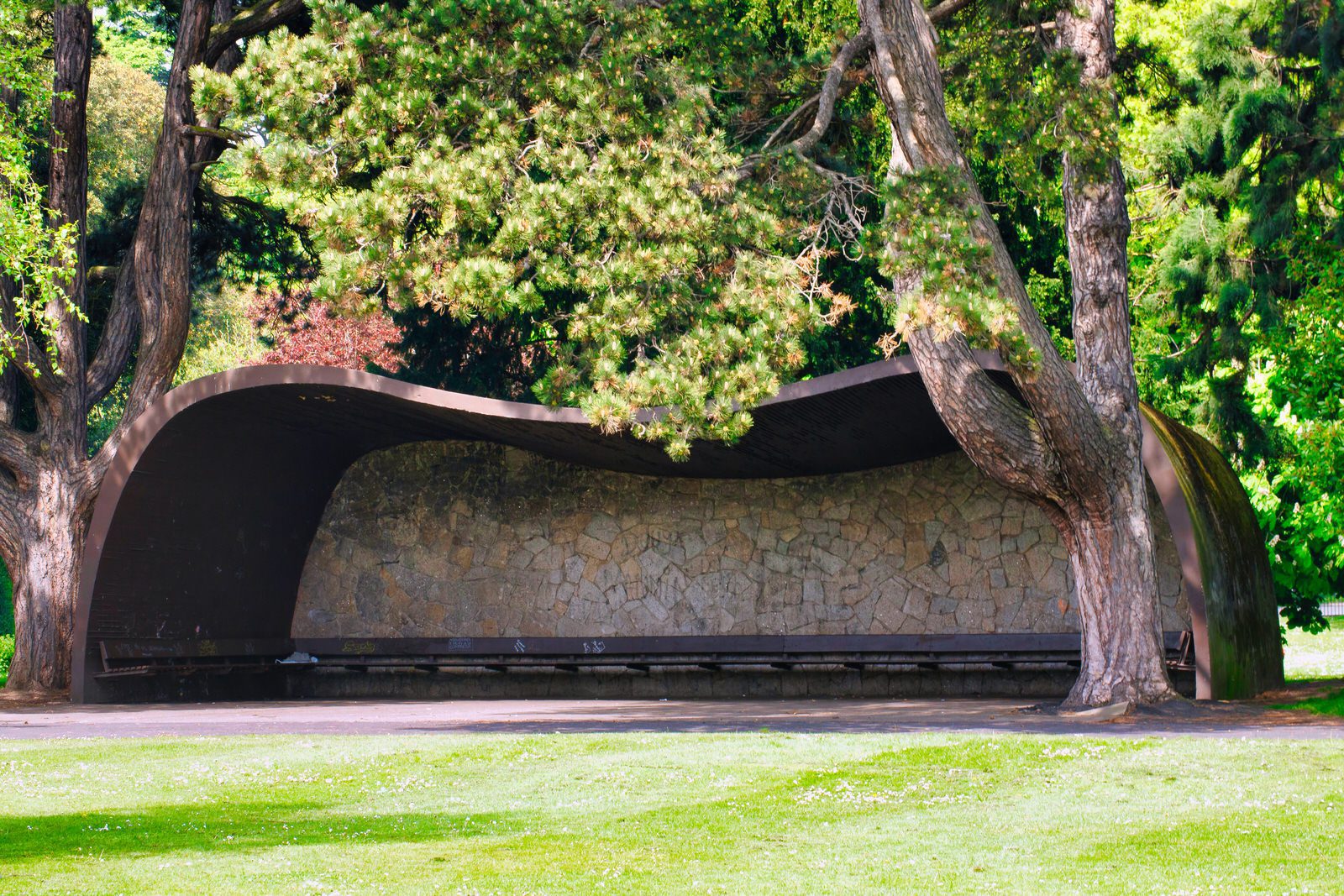
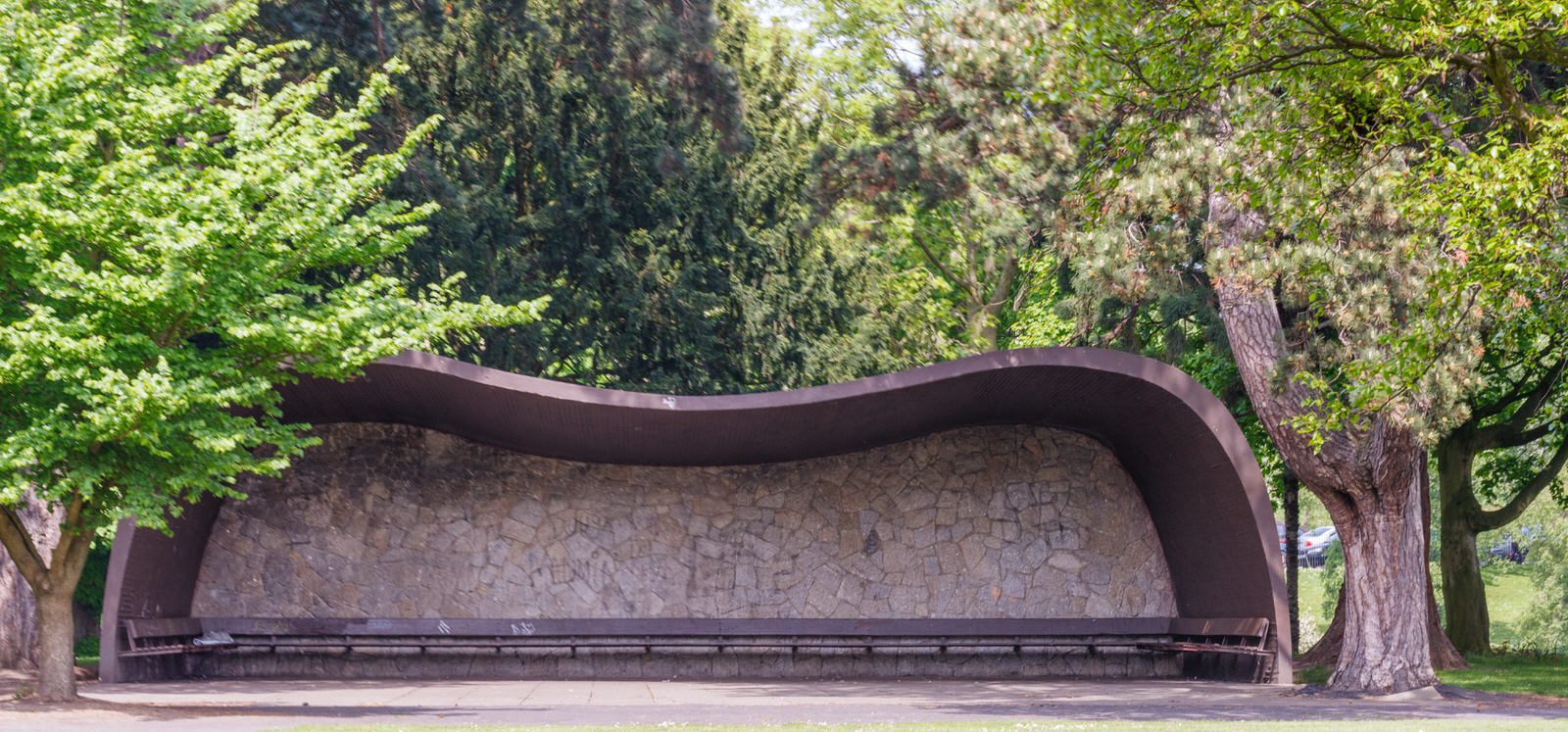
by infomatique
A MURAL AT MOUNTJOY SQUARE PARK
A few years ago I was advised by the police (Garda Síochána) that it was not safe for me to photograph in the area as they had been made aware that my camera was attracting attention. Of course I took their advice and left area but I could never decide if what they said was a general comment or related to a specific incident or current activity.
Fionnula is an artist working across the mediums of paint sculpture and installations, as project manager in collaboration with other artists for murals and public art and also as artistic designer for events. The artist works closely with businesses, schools, community groups and city councils to bring a high quality of work to the streets of Ireland as she believes in the power of art to transform communities.
Mountjoy Square is located in the middle of a square of Georgian buildings on the Northside of the city centre. This historic park has a playground, three tennis courts and 7-a-side all weather football pitch.
